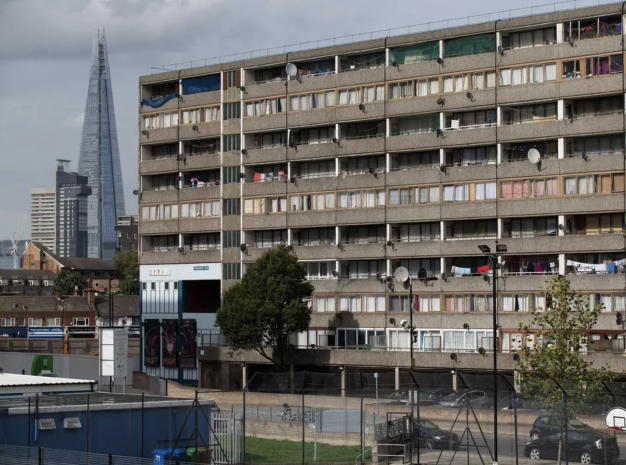
One in five children in England living in overcrowded and unsuitable homes – report
Almost two million children in England – one in five – are living in overcrowded, unaffordable or unsuitable homes, says the National Housing Federation in its annual ‘state of the nation’ report on England’s housing crisis.
Two thirds of these children (1.3 million) are in need of social housing as this is the only suitable and affordable type of home for their families. Social rented homes are typically 50 per cent of market rents and the most affordable and secure homes for those on low incomes.
The NHF says its People in housing need report reveals the true extent to which England’s broken housing market is affecting its children, describing it as ‘a crisis caused by decades of underfunding by successive governments and resulting in a dire shortage of homes that are affordable for lower income families. It breaks down how people are affected by different aspects of the housing crisis and what type of home would be most suitable for their needs based on their income and circumstances’.
‘Homes unsuitable for their needs or health’
The biggest single housing issue in the report affecting children in England is overcrowding, with just over a million children living in overcrowded homes, accounting for almost one in three people affected by overcrowding. Living in these cramped conditions, says the NHF, has a detrimental impact on a child’s health and development, causing depression and anxiety and harming family life and education.
One million children are living within families which cannot afford their rent or mortgage payments, most of which are renting privately and being pushed into poverty by high rents, juggling paying for bills, food and other living costs in order to keep a roof over their heads.
Just over 293,000 children are living in homes that are unsuitable for their needs or health requirements, while 283,000 are living with their families in other people’s homes – making them effectively homeless – as their families cannot afford a home of their own.
‘Children..fast becoming the biggest victims of the broken housing market’
Heriot Watt University carried out the research, which provides gives the best estimate so far of housing need in England. Local housing waiting lists have often been used to estimate housing need. However, these registers are unreliable, particularly since the introduction of strict requirements for applicants to have a ‘local connection’, preventing many from joining the register. According to the NHF, half a million more families in need of social housing than are recorded on official housing waiting lists. This equates to 4.2 million people, including 1.3 million children.
The NHF says children are disproportionately affected by the shortage of social homes, and while children account for a fifth (19 per cent) of the population in England, they make up almost a third (30 per cent) of people in need of social housing.
Kate Henderson, Chief Executive of the National Housing Federation, said: “Today’s report shows that our children are fast becoming the biggest victims of a broken housing market. It is nothing short of tragic that so many children are forced to live in cramped conditions, sharing bedrooms and sometimes beds with parents and siblings while their families struggle to cover the costs of their food, clothes and shelter.
“Amongst those families affected will be many of the key workers that keep our economy going such as teachers, nurses and labourers. By not providing the homes these families can afford to live in, we are depriving millions of children of a decent chance in life. Every child deserves to live in a safe, secure and affordable home which is why we’re calling on the government to prioritise sustained and long term investment in social housing.”
Earlier this year the Government announced a £12 billion investment in its Affordable Homes Programme, which aims to make available more affordable homes over the next five years. Councils are also being given an extra £65 million to help vulnerable households that are behind with their rents.




